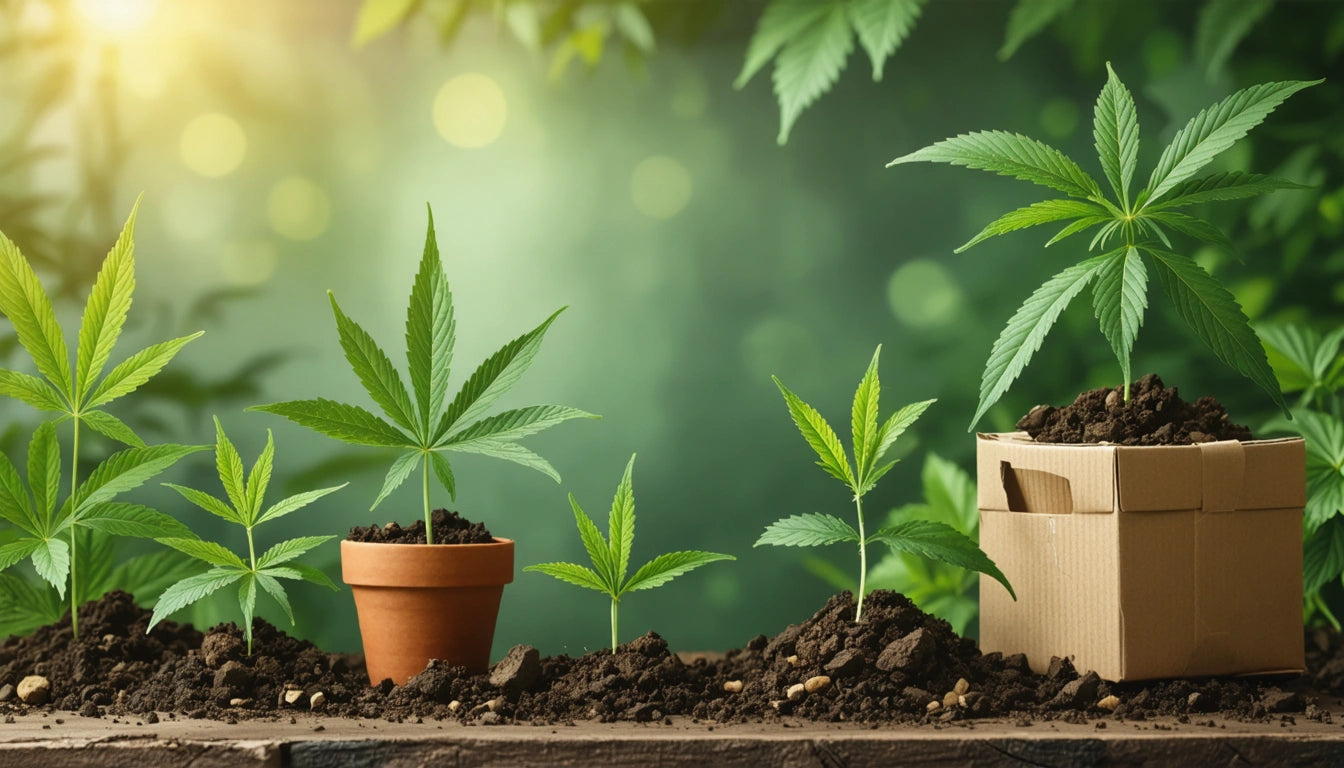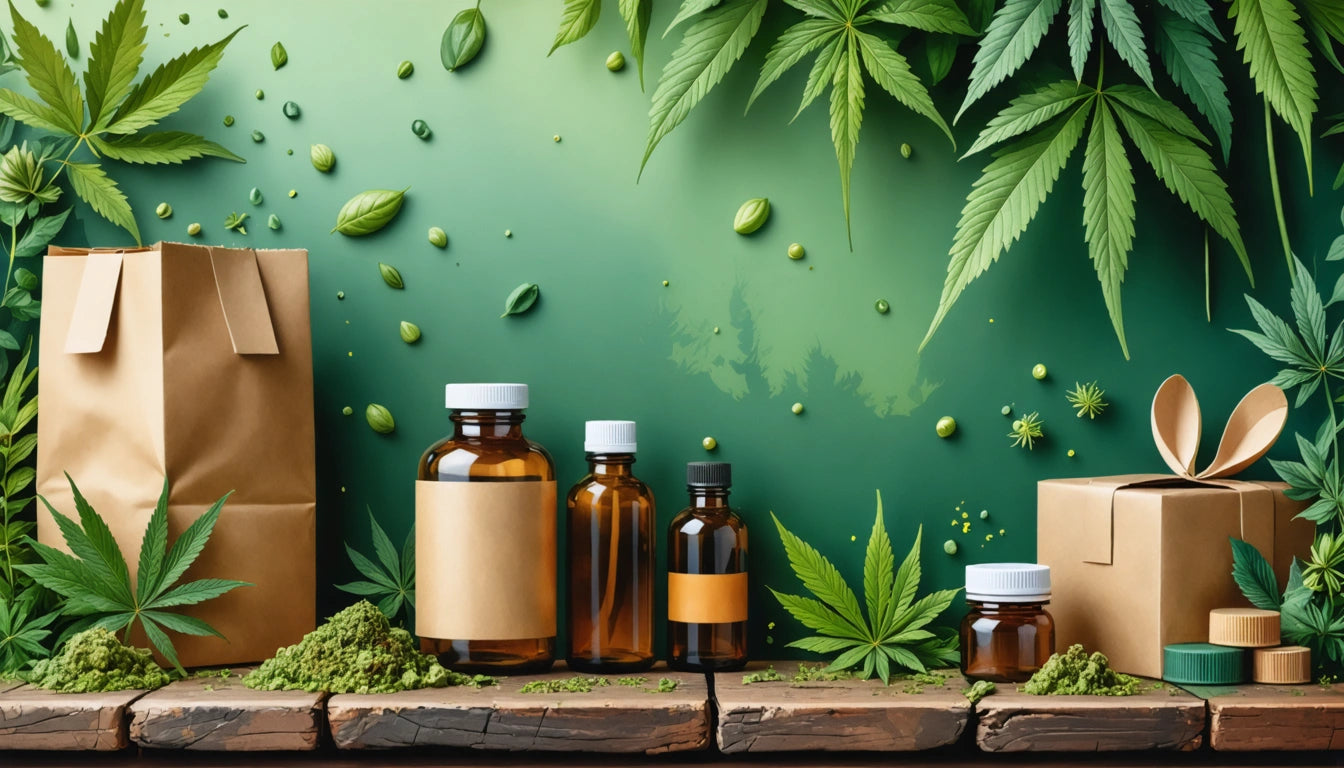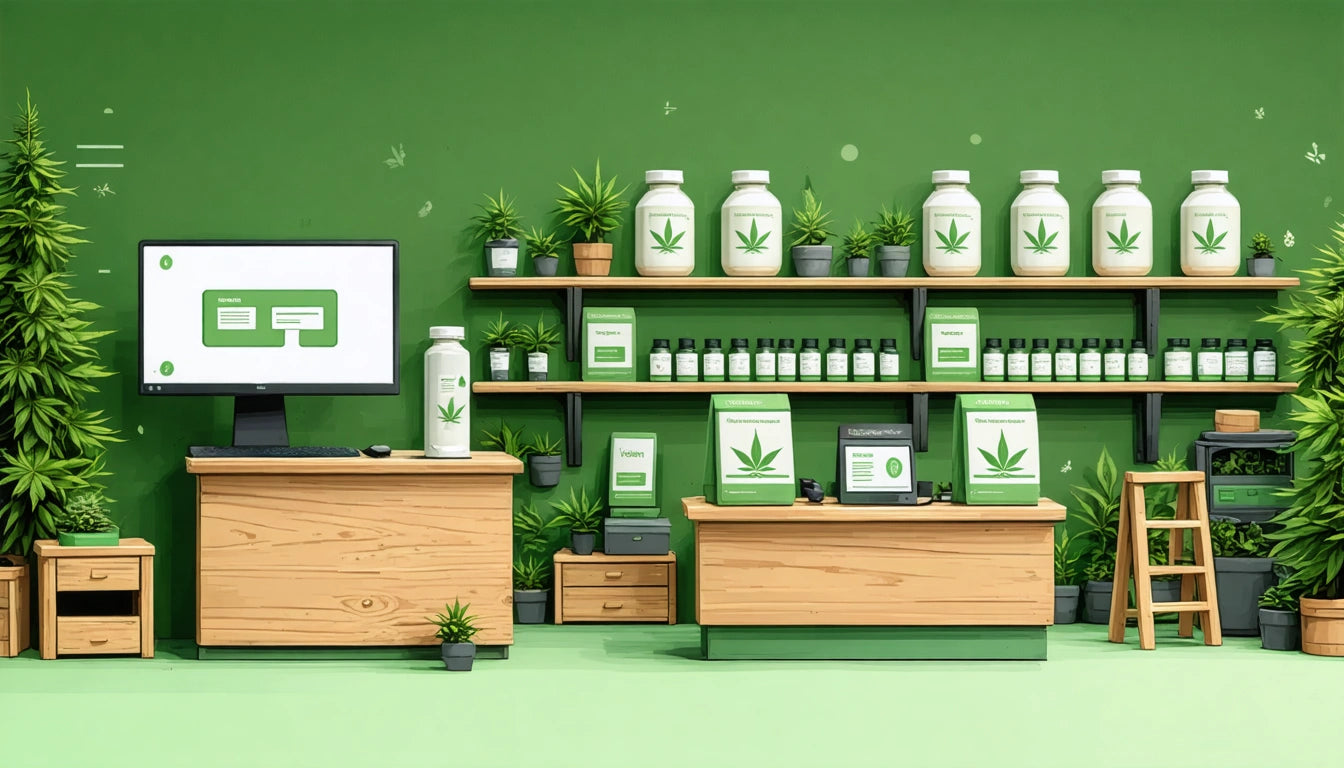Table of Contents
How Your Packaging Impacts Environmental Ratings
Cannabis businesses face increasing scrutiny regarding their environmental footprint, with packaging often representing the most visible aspect of sustainability efforts. As regulatory bodies and consumers alike prioritize eco-friendly practices, understanding how your packaging choices affect environmental ratings becomes crucial for brand reputation and market positioning.
Environmental Rating Systems for Cannabis Packaging
Several formal and informal rating systems evaluate cannabis packaging sustainability. These include industry-specific certifications like the Cannabis Environmental Best Practices Guide and broader standards such as Cradle to Cradle certification. These ratings typically assess multiple factors:
- Material sourcing and renewability
- Energy consumption during manufacturing
- Recyclability or compostability
- Transportation footprint
- End-of-life disposal options
Companies that score well on these metrics often receive preferential treatment from environmentally conscious retailers and may qualify for sustainability-focused shelf sections or marketing programs.
Material Choices and Their Environmental Impact
Traditional Materials vs. Sustainable Alternatives
The cannabis industry has historically relied on plastic packaging due to child-resistance requirements and moisture protection needs. However, many brands are now exploring alternatives with improved environmental profiles:
- Recycled plastics (reducing virgin material demand)
- Plant-based bioplastics (lowering carbon footprint)
- Paper-based solutions (enhancing recyclability)
- Glass containers (offering reusability)
- Hemp-based packaging (creating circular economy opportunities)
For products requiring high barrier protection, such as flower or concentrates, high-quality mylar storage solutions offer an effective middle ground, providing necessary product protection while using less material than rigid alternatives.
Balancing Compliance with Sustainability
Cannabis packaging must meet stringent regulatory requirements while striving for sustainability. Child-resistant features, opaque materials, and tamper-evident seals often complicate recycling efforts. However, innovative designs are emerging that satisfy both needs:
- Recyclable child-resistant mechanisms
- Modular designs separating compliance components from recyclable parts
- Single-material constructions that simplify recycling
According to industry research on environmental ratings, brands that successfully balance these competing demands often score highest in sustainability assessments.
Consumer Perception and Market Advantage
Environmental ratings increasingly influence purchasing decisions, especially among younger consumers. Studies show that 64% of cannabis consumers consider sustainable packaging important, with 23% willing to pay a premium for eco-friendly options.
Brands can leverage positive environmental ratings through:
- On-package sustainability messaging
- QR codes linking to detailed environmental impact information
- Transparent communication about packaging materials and disposal
- Participation in take-back or recycling programs
These efforts not only improve formal environmental ratings but also enhance consumer perception and brand loyalty.
Measuring and Reporting Your Environmental Impact
To improve environmental ratings, companies must first establish baseline measurements and set improvement targets. Key metrics to track include:
- Carbon footprint per package
- Percentage of recycled content
- Water usage in production
- Waste generated during manufacturing
- Transportation emissions
Many cannabis businesses are adopting life cycle assessment (LCA) methodologies to comprehensively evaluate their packaging's environmental impact from raw material extraction through disposal. These assessments provide valuable data for environmental rating submissions and marketing claims.
Future Packaging Innovations for Improved Environmental Ratings
The cannabis industry continues to develop packaging solutions that address both functional requirements and environmental concerns. Emerging innovations include:
- Edible or plantable packaging components
- Advanced biopolymers with improved barrier properties
- Reusable container systems with dispensary return incentives
- Packaging made from cannabis industry waste streams
- Smart packaging that extends product shelf life, reducing waste
By staying informed about these developments and adopting appropriate technologies, cannabis businesses can continuously improve their environmental ratings while maintaining product integrity and regulatory compliance.
As environmental considerations become increasingly central to business operations, packaging choices represent one of the most significant opportunities for cannabis brands to demonstrate their commitment to sustainability. Those who proactively address these concerns not only improve their formal environmental ratings but also position themselves advantageously in an increasingly eco-conscious marketplace.











Leave a comment
All comments are moderated before being published.
This site is protected by hCaptcha and the hCaptcha Privacy Policy and Terms of Service apply.